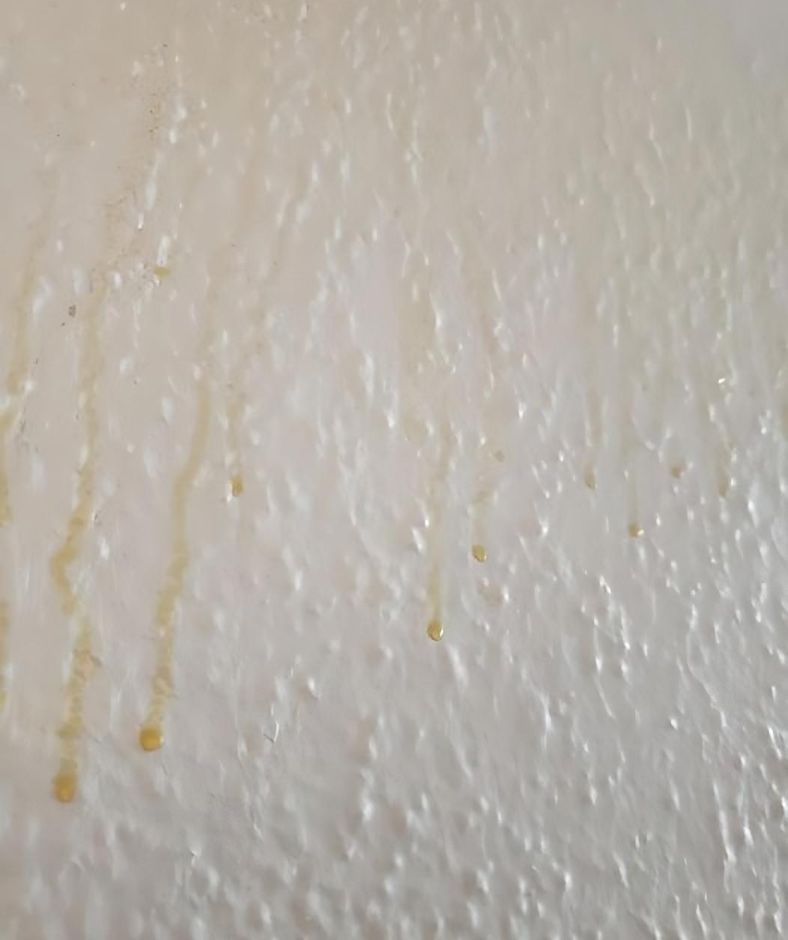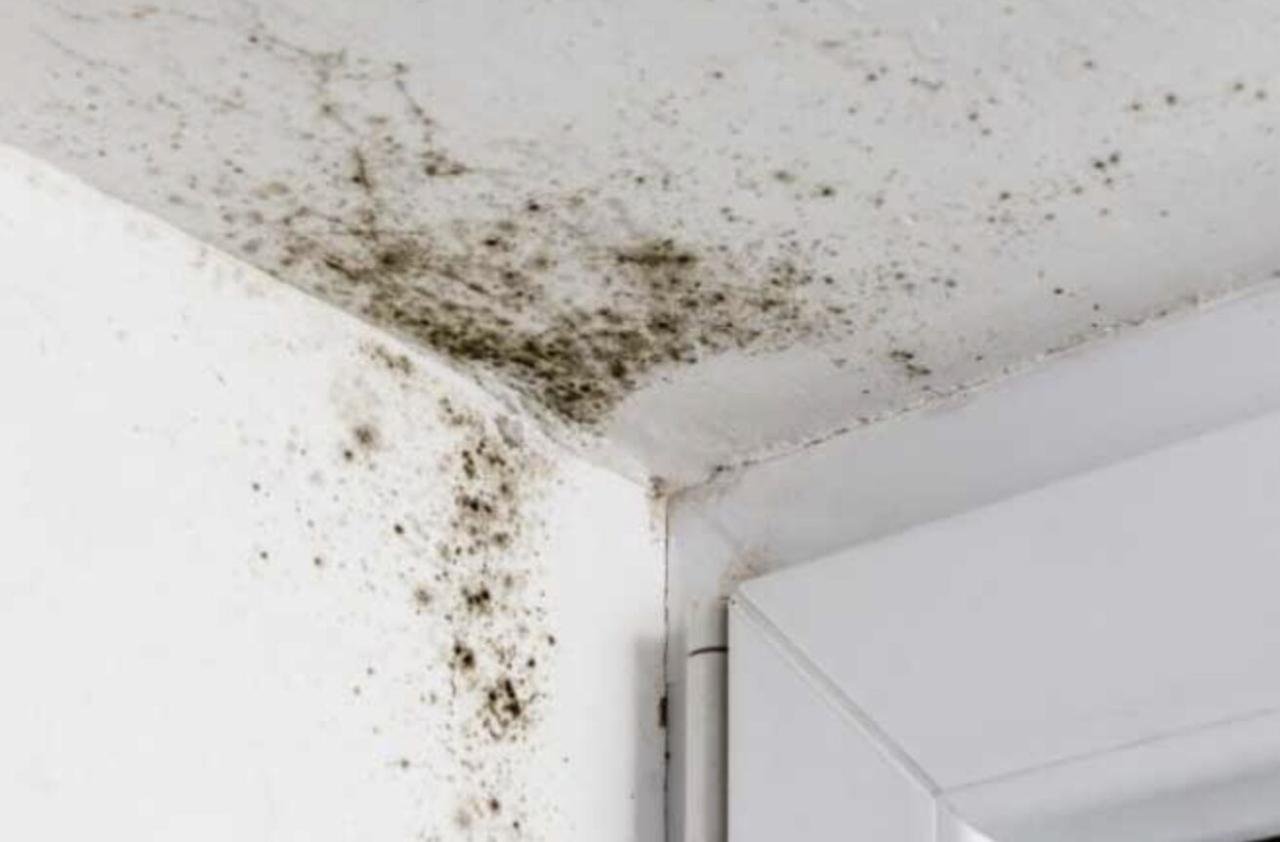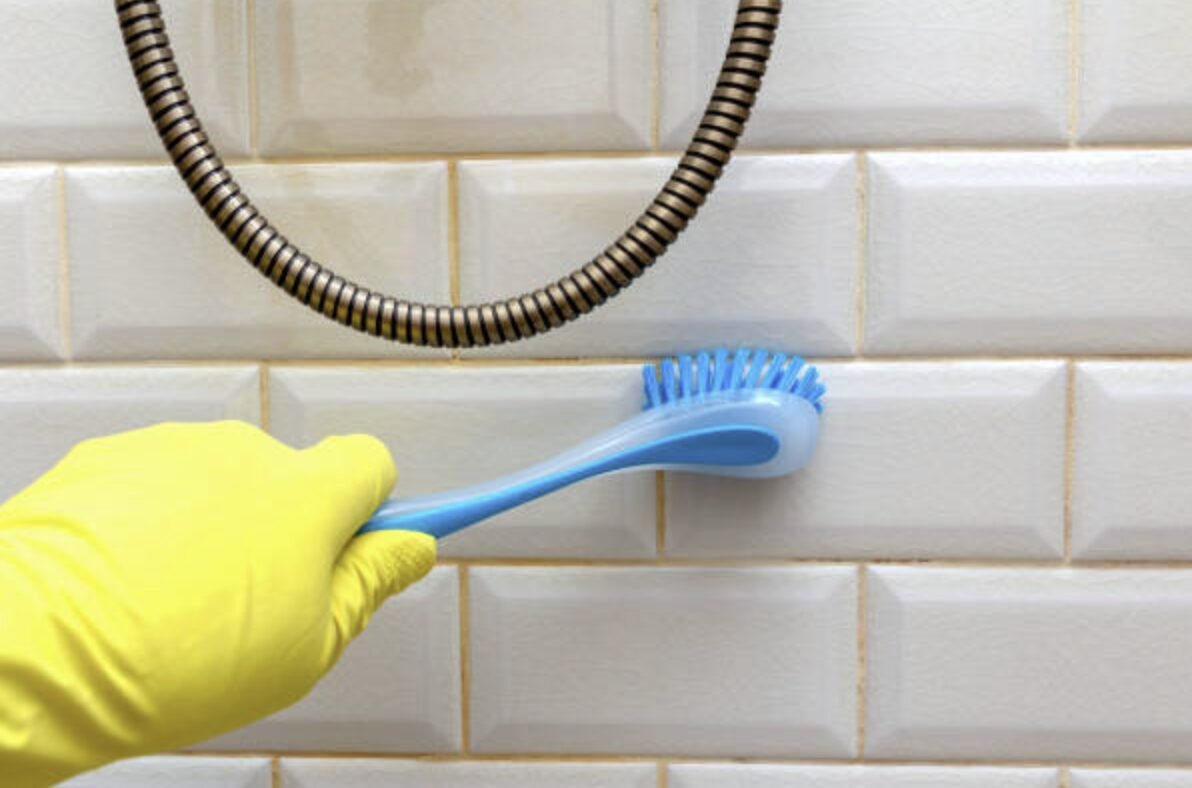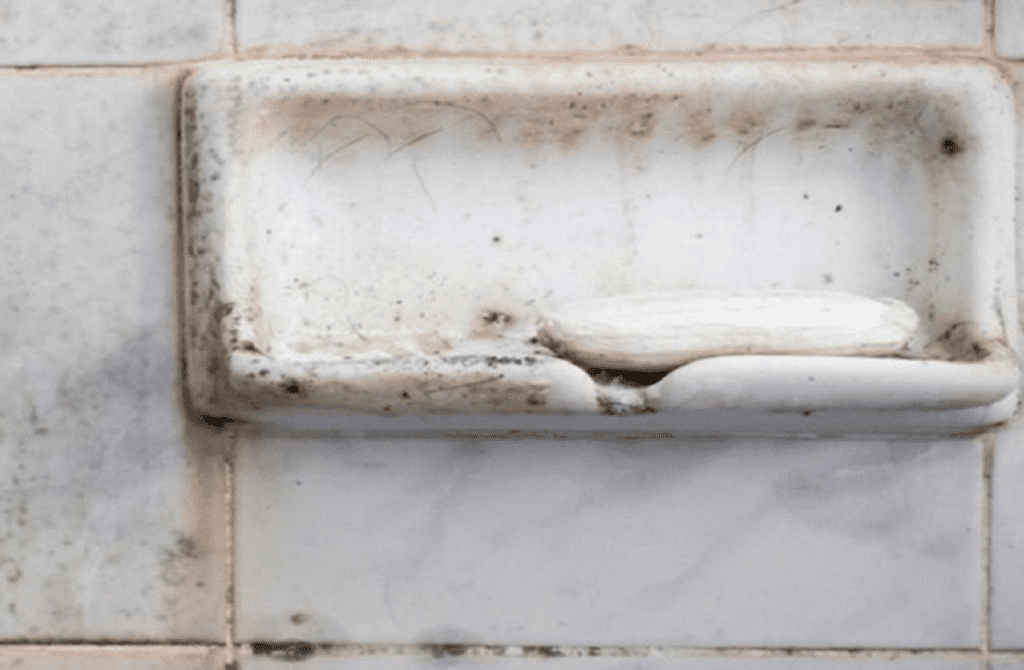Finding strange yellow drips running down your bathroom walls is definitely alarming. Your bathroom is supposed to be a clean, refreshing space, but yellow stains? That’s a head-scratcher. If you’re facing this problem, you’re probably wondering, “What on earth is causing this?” Don’t worry, you’re not alone. In this article, we’ll dive deep into what could be behind these yellow drips and how you can fix them.
What Exactly is Mold, and Why Is It Dangerous?

Mold is a common problem in bathrooms, but it’s more than just an eyesore. Mold is a fungus that grows where moisture lingers, especially in damp places like bathrooms. When mold spores find a wet surface, they latch on and grow rapidly. You might think of mold as harmless, but certain types can pose serious health risks. Mold can trigger allergies, respiratory issues, and, in some cases, chronic health problems. That’s why it’s crucial to catch it early.
The yellow stuff you’re seeing on your bathroom walls could very well be mold, especially if you notice a musty smell or feel like your allergies are kicking up a notch whenever you step into the bathroom. Mold thrives in warm, humid environments—sound familiar? Bathrooms are like a paradise for mold growth due to constant moisture.
What Causes Mold to Grow in Bathrooms?
It’s not a matter of if mold will grow in your bathroom; it’s a matter of when. After a shower, steam rises, creating condensation that clings to walls, ceilings, and even tiles. Without proper ventilation, that moisture has no chance to escape, making your bathroom an ideal breeding ground for mold.
Mold can often be found in hidden spots—behind toilets, under sinks, and even on ceilings. In some cases, it can appear as yellow or even black streaks. Mold can grow around windows, on shower curtains, and near any plumbing fixture. If you’re noticing the yellow drips, mold may already be settling into your walls.
Yellow Drips: What Could They Be?
While mold is a top suspect, it’s not the only culprit behind those yellow drips. Here are a few possibilities:
1. Nicotine Stains
If the previous occupants of your home were smokers, nicotine residue might be the cause. Over time, nicotine stains can seep through paint, particularly in high-moisture environments like bathrooms. Even if you’ve repainted, those yellow streaks can reappear as the nicotine pushes its way through.
2. Soap Scum and Hard Water Deposits
Soap scum can build up in your bathroom and mix with hard water deposits, leaving a yellow residue on walls. If you live in an area with hard water, minerals from the water can accumulate on your surfaces over time. Mix that with soap, and you have the perfect recipe for yellow drips.
3. Yellow Mold and Mildew

Yes, mold can be yellow. When mold is just starting to grow, it may appear yellowish, especially when mixed with moisture or soap scum. This yellow mold can be as dangerous as black mold, so it’s important to address it quickly.
How to Prevent and Get Rid of Mold in Your Bathroom
Prevention is your first line of defense when it comes to mold and other yellowing issues in the bathroom. Here are some practical tips:
1. Improve Ventilation
Always ensure proper ventilation in your bathroom. Opening windows, turning on exhaust fans, and leaving the bathroom door ajar after showering are excellent ways to reduce moisture.
2. Wipe Down Surfaces

After a shower, take a moment to wipe down the walls and other surfaces where moisture tends to collect. This small habit can make a huge difference in preventing mold growth.
3. Use Mold-Resistant Paint
If you’re renovating or repainting your bathroom, consider using mold-resistant paint. This paint type is specially formulated to prevent mold from sticking and growing on walls.
4. Clean Regularly
Regular cleaning, especially of the shower and bathtub, is crucial. Use a cleaning solution specifically designed for bathrooms and mold prevention.
Cleaning Mold the Right Way

Already have mold on your bathroom walls? Don’t panic. Here’s how to deal with it effectively:
1. Use a Bleach Solution
For non-porous surfaces like tiles and sinks, a simple bleach solution can do wonders. Mix one cup of bleach with one gallon of water and use it to scrub the affected areas.
2. Try Natural Solutions
If bleach sounds too harsh, you can opt for natural alternatives like vinegar or hydrogen peroxide. These natural cleaners are powerful against mold and won’t fill your bathroom with chemicals.
3. Wear Protection

Always wear gloves and a mask when cleaning mold. You don’t want to inhale any mold spores or expose your skin to harsh chemicals.
4. Know When to Call in the Pros
If the mold infestation is severe or extends beyond surface cleaning, it might be time to call in a professional mold removal service. Mold can penetrate deeply into walls, and without the right tools and expertise, it can be nearly impossible to eradicate completely.
Conclusion: Take Action Before It Spreads
Yellow stuff dripping down your bathroom walls is a sign that something’s not right. Whether it’s mold, soap scum, nicotine stains, or hard water deposits, it’s important to get to the root of the problem before it worsens. Regular maintenance, proper ventilation, and fast action are key to keeping your bathroom mold-free. If you notice yellow streaks, address them quickly, and don’t hesitate to reach out to professionals if the situation escalates.
By staying proactive, you can ensure that your bathroom remains a safe, clean, and inviting space—free from any unwelcome yellow visitors.